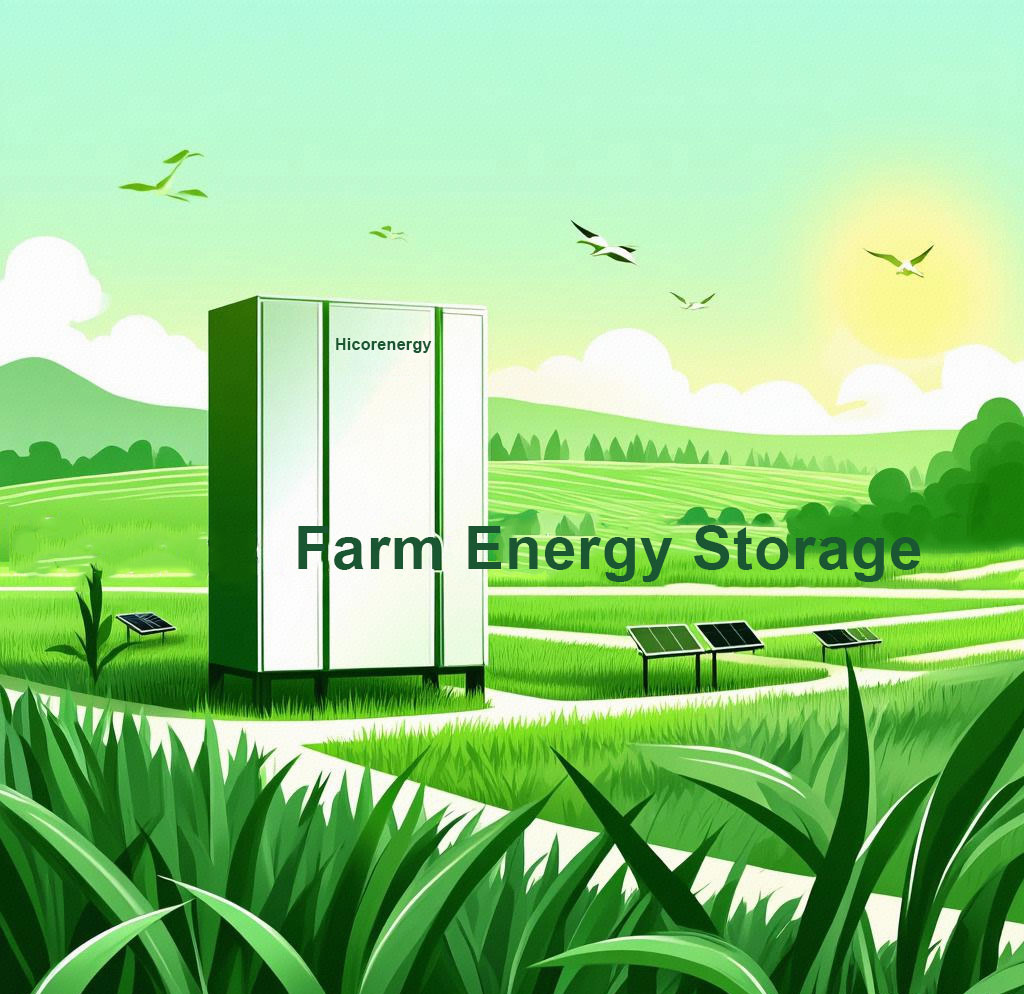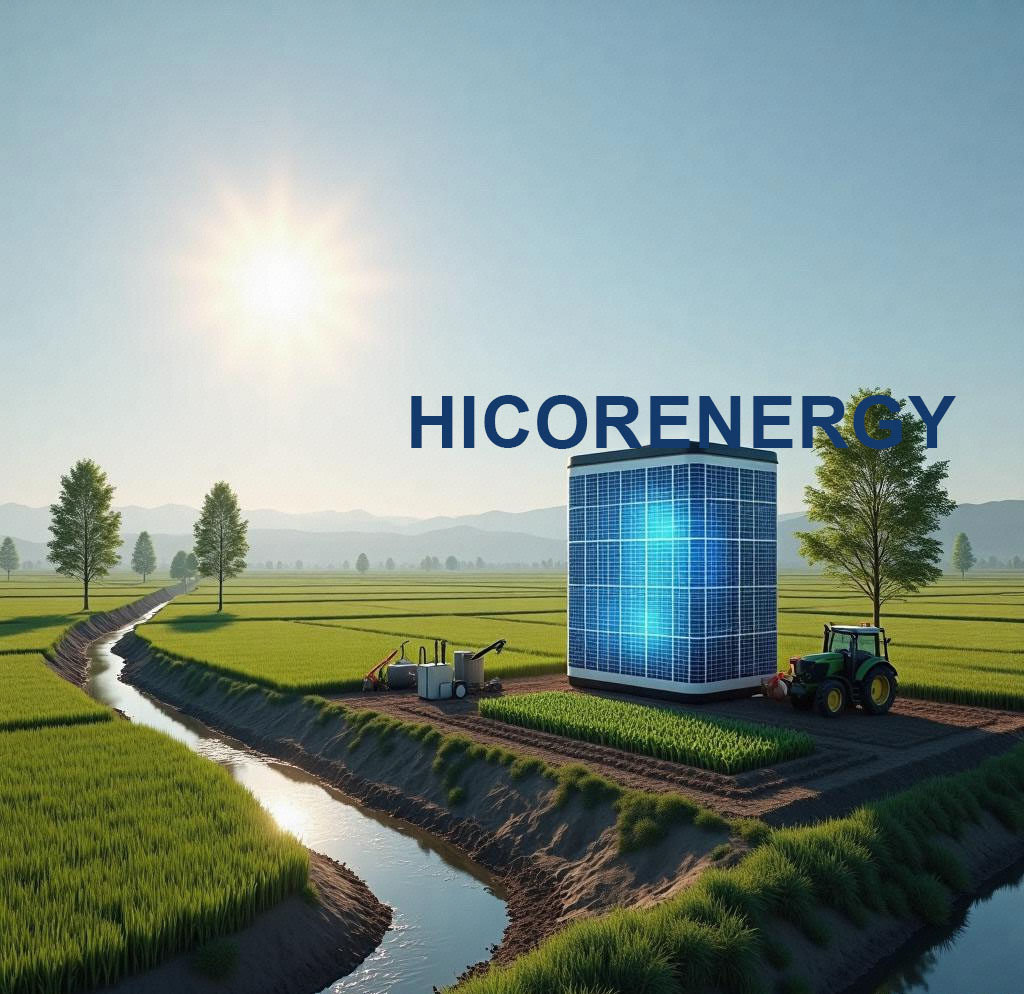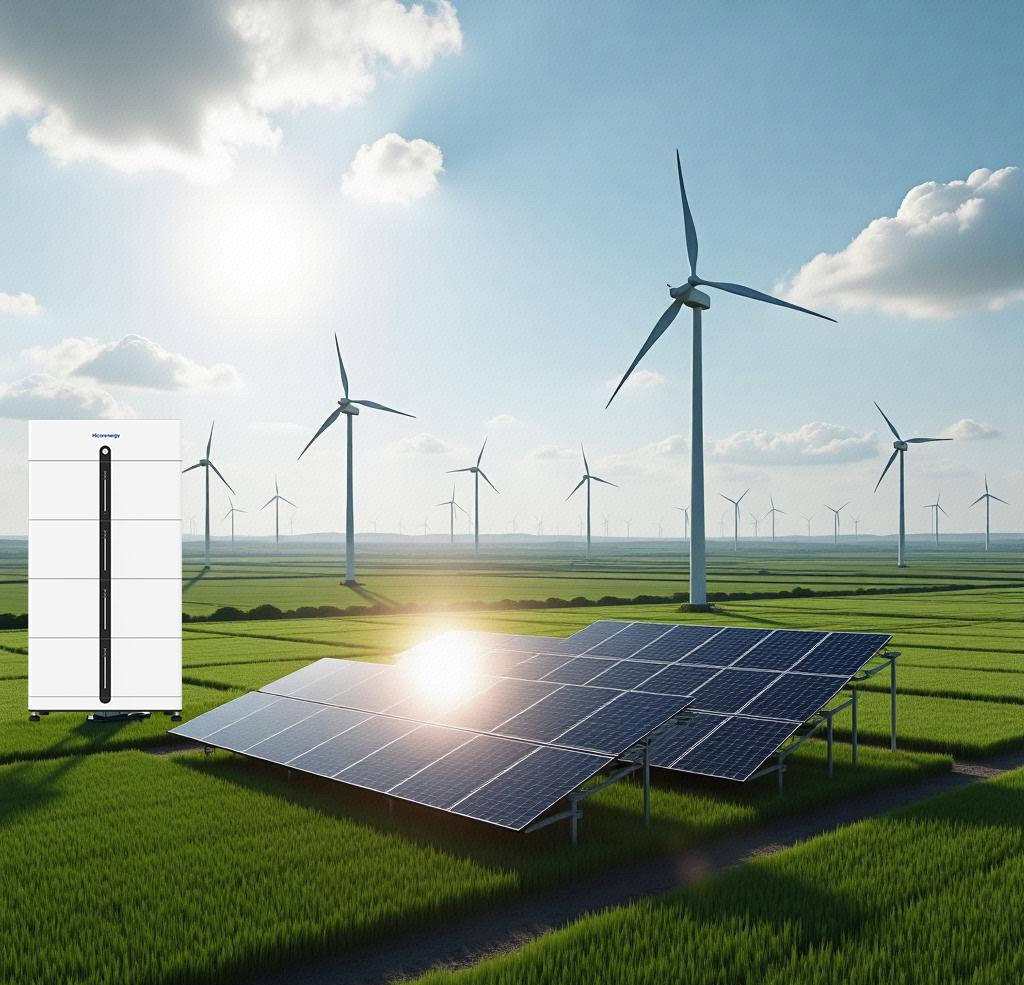Average Lifespan of Residential Energy Storage Battery
The average lifespan of a residential energy storage battery ranges between 10 to 15 years. Most lithium-ion batteries, which dominate the market, offer around 6,000 cycles with 80% depth of discharge (DOD) and 95% round-trip efficiency. Proper usage and maintenance significantly influence their longevity. Under ideal conditions, high-quality batteries can even surpass their expected lifespan, providing reliable energy storage for up to two decades. Manufacturers are continuously improving battery technology, leading to enhanced durability and efficiency.
How Long Does Residential Energy Storage Battery Last?
Residential energy storage batteries typically last between 10 to 15 years, depending on the battery type, usage patterns, and maintenance. Hicorenergy’s residential energy storage batteries, such as the I-BOX 48100R, are designed for long-term performance with ≥6000 cycles at 90% DOD, 95% round-trip efficiency, and a 10-year warranty. The battery’s lifespan is extended through robust design, advanced Battery Management System (BMS), and remote monitoring capabilities. Hicorenergy batteries are built for efficiency and durability, offering up to 20 years of design life under optimal conditions. Regular use in moderate temperatures and with balanced charging cycles ensures their longevity. Proper installation and professional maintenance services further contribute to extending the overall lifespan of the battery.
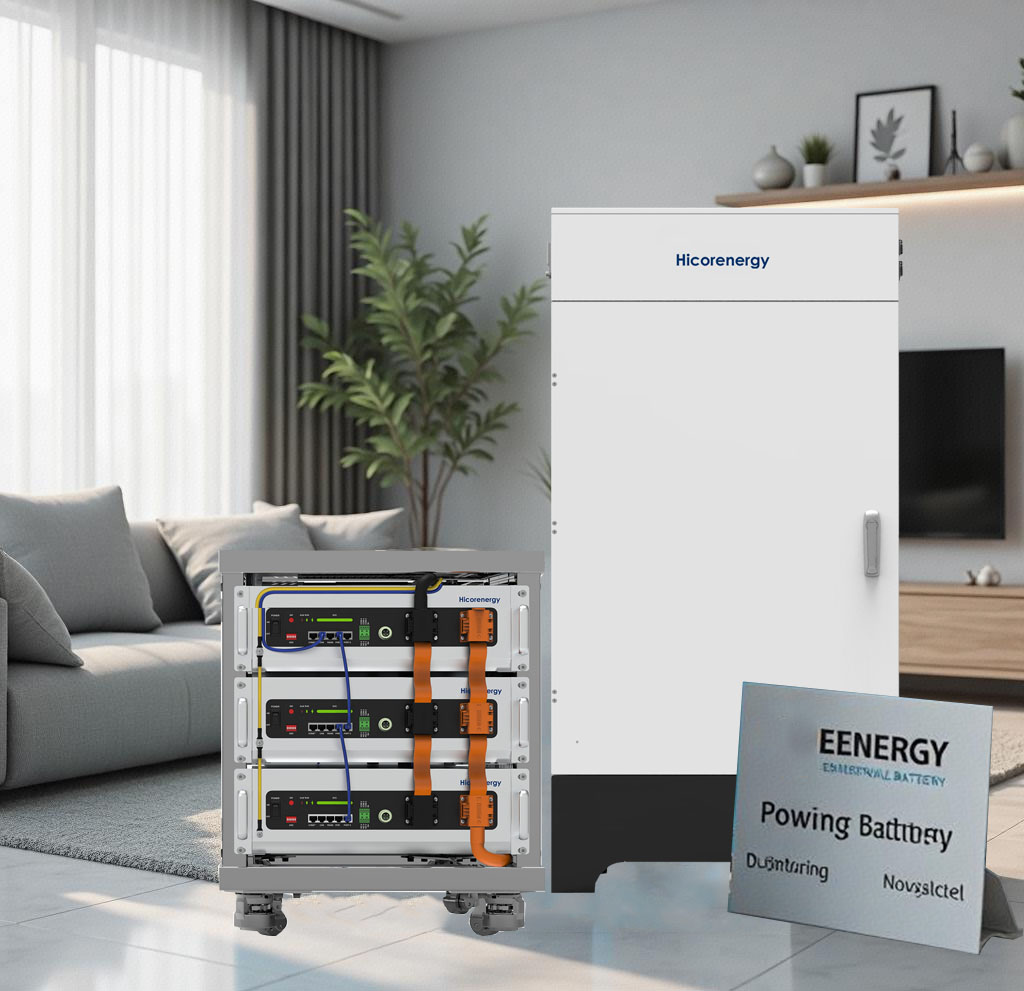
How to Maximise Residential Energy Storage Battery Lifespan
To extend the lifespan of residential energy storage batteries, regular maintenance, proper charging practices, and temperature management are essential. Using smart monitoring systems to prevent overcharging or deep discharging further enhances longevity. Additionally, keeping the battery in a controlled environment away from extreme heat or cold ensures stable performance over time. Batteries that undergo regular firmware updates also benefit from software improvements that help manage energy storage more efficiently.
Factors That Can Affect Your Residential Energy Storage Battery’s Lifespan
1. Battery Chemistry and Quality
The chemistry of the battery greatly influences its lifespan. Lithium-ion batteries, particularly lithium iron phosphate (LFP), are the most durable, offering over 6000 cycles at 80-90% DOD with minimal capacity degradation. In contrast, lead-acid batteries have a significantly shorter lifespan, typically lasting only 500-1000 cycles. Hicorenergy’s LFP batteries are known for their exceptional longevity and stability, making them a superior choice for residential applications. The quality of the manufacturing process, including cell selection, assembly methods, and quality control, plays a crucial role in determining the lifespan of a battery.
2. Depth of Discharge (DOD)
DOD refers to the percentage of the battery’s capacity that is discharged during use. Regularly discharging a battery beyond 80% DOD reduces its lifespan. Residential energy storage systems with smart BMS optimize DOD settings, extending the battery’s cycle life. Consistent shallow discharges, rather than frequent deep discharges, can significantly increase the battery’s longevity. Users should also avoid keeping the battery at extremely high or low charge levels for prolonged periods, as this can accelerate degradation.
3. Temperature and Environment
Extreme temperatures accelerate battery degradation. Ideal operating temperatures for most lithium-ion batteries range between 15°C and 30°C. Batteries exposed to high heat or freezing conditions experience faster wear and reduced efficiency. Hicorenergy batteries are equipped with temperature management systems to ensure optimal performance, preventing overheating or freezing. Storing the battery in a climate-controlled space is recommended for maximum lifespan. High humidity levels can also impact battery performance, so proper ventilation is advised in enclosed spaces.
4. Charging and Discharging Rates
Frequent rapid charging or discharging reduces battery longevity. Residential energy storage batteries with optimized charge/discharge rates extend their lifespan by maintaining a balanced and controlled energy flow. Slow and steady charging cycles are more beneficial for long-term battery health compared to rapid cycles, which can cause excess heat and wear. Investing in smart inverters that regulate charging speeds can further enhance battery life by preventing excessive power fluctuations.
5. Maintenance and Monitoring
Regular maintenance, including firmware updates, cleaning terminals, and monitoring performance, prevents issues that can shorten battery life. Hicorenergy’s real-time monitoring systems allow users to track and optimize performance remotely. This helps detect anomalies early, preventing potential failures and maximizing the lifespan of the battery. Regularly inspecting battery connectors, cables, and ventilation systems ensures that performance remains optimal and that potential hazards are minimized.
6. Frequency of Use and Load Management
Residential energy storage batteries used frequently with large loads tend to degrade faster. Load balancing and reducing peak loads help minimize wear and tear. Smart energy management systems can optimize the charging and discharging cycles, ensuring the battery operates efficiently over its lifetime. Households using battery storage for backup power during grid outages or solar energy self-consumption should ensure that the battery is sized appropriately to handle expected loads without excessive strain.
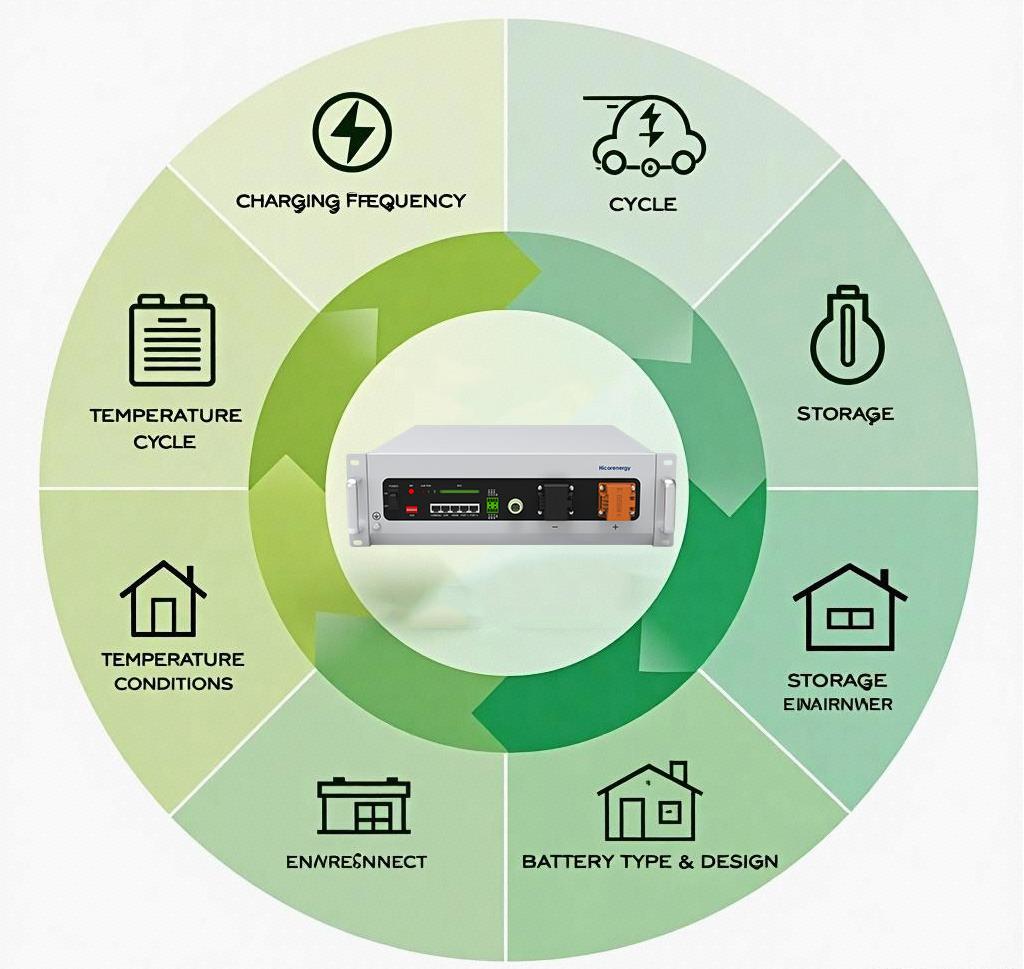
What Kind of Warranties Do Residential Energy Storage Batteries Have?
Most residential energy storage batteries come with 10-year warranties. This typically covers performance guarantees, ensuring the battery retains around 70-80% of its original capacity by the end of the warranty period. Hicorenergy offers 10-year warranties on its residential batteries, with guaranteed performance and coverage against material defects. Their products are designed with a lifespan of up to 20 years, giving customers long-term reliability and value. Additionally, Hicorenergy provides product liability insurance in North and Latin America, offering added protection and peace of mind for customers. The warranty terms also cover remote monitoring and support, ensuring ongoing technical assistance throughout the battery’s lifecycle. Some manufacturers offer extended warranties for an additional cost, providing further assurance of reliability.
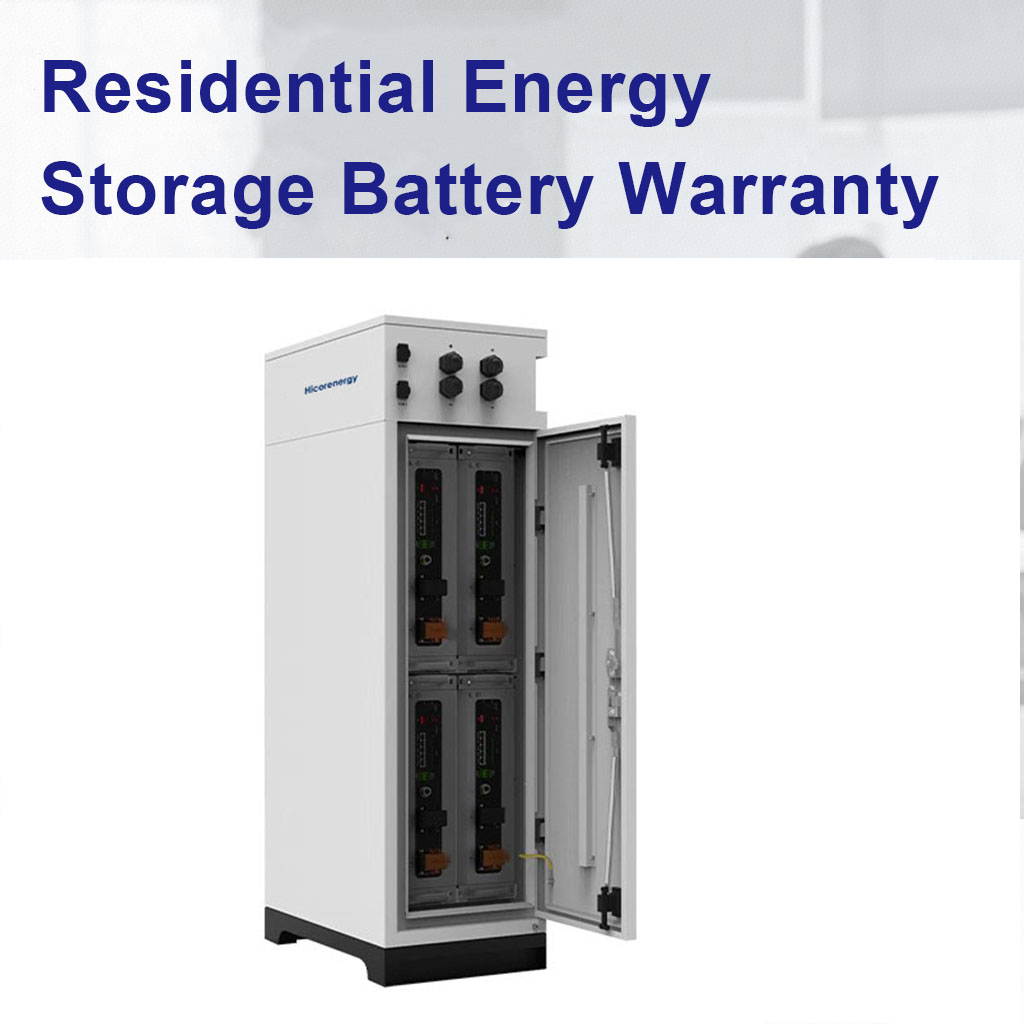
Is Installing Residential Energy Storage Battery Worth It?
Introducing Hicorenergy Products
Investing in a residential energy storage battery is highly beneficial for households aiming to reduce grid reliance, lower energy bills, and ensure backup power during outages. Hicorenergy’s I-BOX 48100R offers superior performance with 6000+ cycles at 90% DOD, high efficiency, and a compact, flexible design. These batteries support off-grid, backup, and zero-export applications, making them ideal for energy independence. Additionally, Hicorenergy products include advanced monitoring systems, ensuring optimal performance and longevity. Their modular scalability allows for expansion, meeting growing energy needs. With real-time remote monitoring and temperature management, Hicorenergy batteries offer reliability and convenience, making them a worthwhile investment for sustainable energy solutions. Customers benefit from reduced electricity costs, increased energy independence, and a smaller carbon footprint, making the installation of a residential energy storage system a smart financial and environmental decision.
Hicorenergy Product Summary
Hicorenergy offers reliable, long-lasting, and efficient residential energy storage batteries. With 6000+ cycles, 10-year warranties, and remote monitoring, their products ensure enhanced energy independence, cost savings, and sustainability, making them a smart choice for residential energy needs. Designed for scalability and durability, Hicorenergy batteries provide consistent and efficient energy storage solutions that meet modern residential demands. With a focus on technological advancements and customer satisfaction, Hicorenergy continues to be a trusted leader in the residential energy storage industry.


